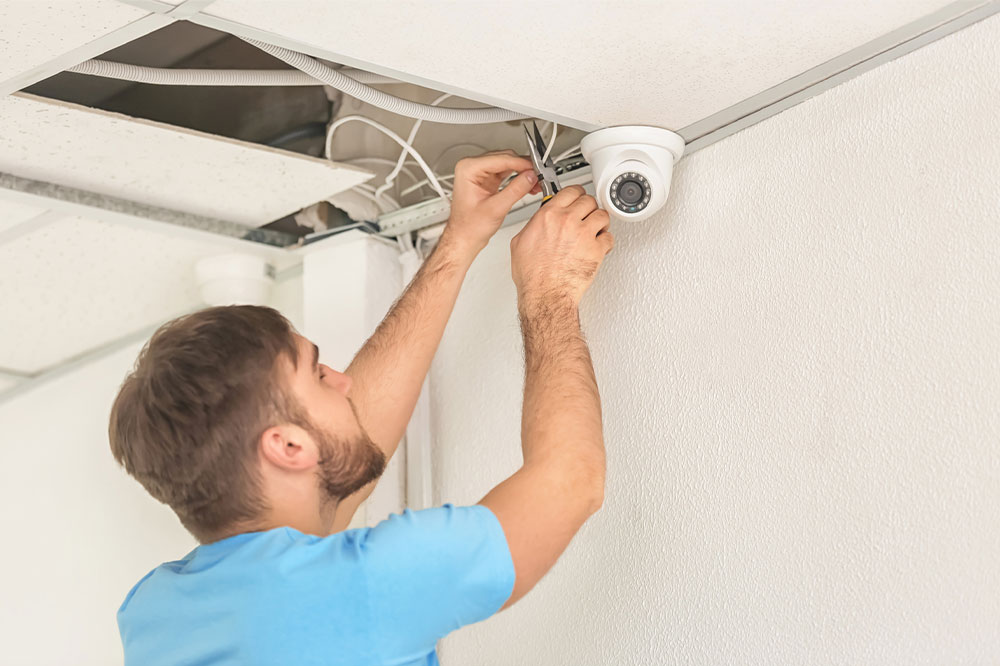Avoid these 5 mistakes while installing security cameras

A home can be immaculately designed and well equipped, but it is incomplete without adequate security measures. Security is imperative to ward off unruly events like robbery, theft, and trespassing. While employing security personnel can help ensure safety, technological interventions ensure 100% accuracy at all times and are operational 24×7, reducing long-term costs and eliminating the chances of safety breaches. The key to effectively utilizing security cameras is to avoid certain common installation mistakes:
Installing in an area with insufficient or extremely bright lighting
Too much or too little light in the area where the camera is installed can lead to unclear or distorted images, which can impede the identification of suspects or comprehension of events. Hence, CCTV cameras should be placed in areas with adequate lighting, neither too bright nor too dim.
Installing in an area with a restricted view
Placing one’s security camera in an area with several objects blocking the view can cause difficulties with surveillance. Areas with dense greenery, tall buildings, and high walls are not ideal for installing security cameras.
Overlooking the height
Installing one’s CCTV camera at a high altitude prevents it from getting a panoramic view. In contrast, placing it too low increases the risk of the camera being stolen or tampered with. Thus, height is a significant factor when installing security cameras.
Compromising on quality for the price
Today, various CCTV cameras are available on the market, each with a different price. While it is important to plan one’s budget range before purchasing a security camera, compromising on quality for price can result in a defective camera. For example, the camera may lack essential features, a privacy shutter, or poor camera and sound quality. The best bet while purchasing a CCTV camera is to check out the features of different brands’ cameras vis-à-vis their price and opt for the one that perfectly integrates both aspects.
Placing cameras facing each other
Often, more than one camera is required for comprehensive surveillance of an area. However, placing two CCTV cameras facing each other can distort images, as one camera may catch the infrared light of the other. Hence, the angles at which cameras are placed should be considered during installation.